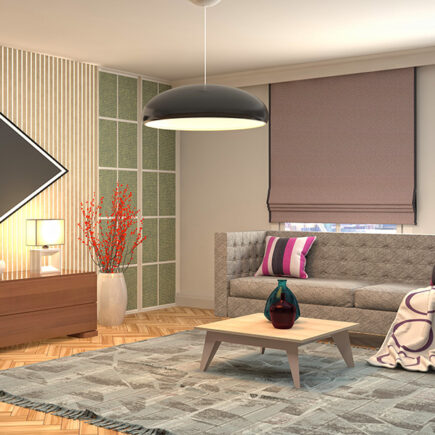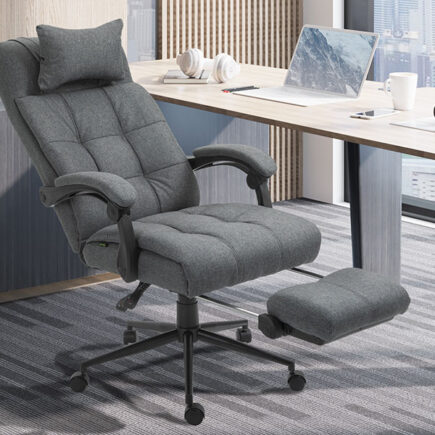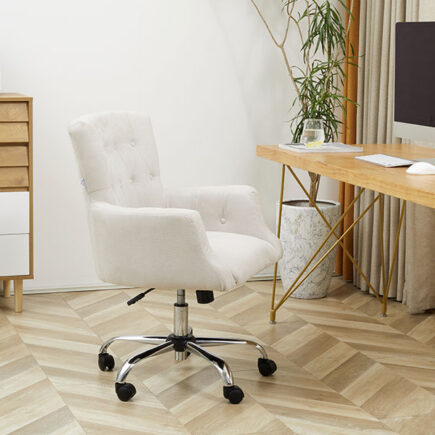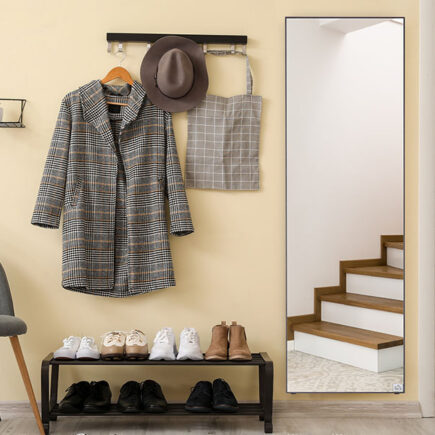Any kind of office work typically entails spending a majority of your 8-hour day sitting in a chair at your desk. And this kind of position can add tremendous stress to your spine structure. If you want to avoid compounding or developing back problems, there’s one thing you need right away — an ergonomic, comfortable desk chair that supports your back and provides you with decent posture.
Of course, a quick search is enough to show you that picking your new office chair isn’t as simple as it may sound. There are countless office chairs available, especially online — and there’s no single model or type of office chair that’s the best choice for everyone. Rather, you need to consider the different features found in high-quality office chairs, weigh them against your particular needs, and choose the one that suits you the most.
Important office chair features
- Lumbar support
- Adjustability
- Wheel base
- Swivel base
- Fabric
- Comfort
- Aesthetic appeal
Don’t worry, though — we’re here to make that choice easier with an in-depth buying guide for office desk chairs!
Adjustability
You will find that plenty of companies freely label their products as “ergonomic chairs” — but that’s not always the case. The loose meaning of this term means that all kinds of marketing language can be used, even for chairs that aren’t necessarily constructed with posture in mind.
And it’s not about the precise type of chair either — a well-designed drafting chair can be ergonomic, as long as it was created with enough adjustability. A regular, non-ergonomic chair has fixed seat heights or armrests — while ergonomic ones allow for adjustments according to your needs. Plenty of gaming chairs provide a lot of adjustability; for instance, this ergonomic gaming chair has not only adjustable armrests, but an extendable footrest as well.
On the other hand, this comfy linen executive chair has adjustable height — which is pretty much the most important aspect of ergonomics. Still, there are other important adjustable features as well — depending on the manufacturer and model, ergonomic chairs have between 5 and 14 different adjustable features. Not all of them are equally important, but the one that matters the most to you depends on the most problematic aspects of your specific posture.
In general, you want to look for adjustable back and seat angles, proper tension control, arm height and width, and crucially — lumbar support.
Lumbar support
The most common posture issue that office workers suffer with are lower back problems. That’s why a proper office chair will provide ample and adjustable lumbar support, allowing users to adjust the chair to the needs of their lower back. This is essential for stopping chronic back strain that can lead to debilitating conditions such as sciatica.
That’s why even chairs without backs consider lumbar support — for instance, today’s swivel standing desk chairs are often designed with cotton padding that’s specifically shaped to provide a decent back posture, rather than a traditional small flat seat. Also, bear in mind that the bigger back height of executive office chairs doesn’t always guarantee proper back support — make sure your tall executive office chair has a backrest that isn’t just large, but also specifically designed for lumbar support.
Wheel base
These days, pretty much every office chair has a wheelbase. However, depending on your office or home flooring, you want to get a chair whose wheelbase is specifically suited to that flooring. Also, there are plenty of ergonomic office chairs that come with nylon-hooded castors that sit on sturdy metal bases — allowing the chairs to easily glide regardless of whether they’re placed on a carpet or other type of flooring.
Fabric
Your chair’s fabric is one of the most important features you’ll consider before buying — you want a multi-position chair that was upholstered with a breathable fabric. That will prevent the chair from becoming too uncomfortable and hot after a couple of hours of you sitting in it. On the other hand, you don’t want the fabric to be flimsy — black mesh chairs are great in this regard, because they remain breathable even with a sturdy material.
Comfort
All of the things we’ve mentioned above are aspects of a chair’s design that are supposed to provide you with a good posture. And considering the long hours many of us spend sitting in office chairs, it’s definitely the most important feature of any chair. However, good posture means nothing if the chair is rigid enough to make sitting in it uncomfortable.
That’s why chair designers always play a careful balancing act between comfort and ergonomics — after all, if the chair annoys you, even if you’re technically in a neutral posture, you won’t be able to concentrate on your work.
Armrests that are too rough, a back that’s too narrow, a seat that’s too small — these are just some of the many things that can make a gorgeous chair basically useless. On the other hand, a high-quality office chair will be as comfortable as it is ergonomic. In fact, you can find massage office chairs that provide you with a dose of much-needed relaxation in the middle of a tense day.
Aesthetic appeal
At the end of the day, the most practical chair in the world won’t do you much good if it’s ugly to look at. And don’t think aesthetic appeal is only important in terms of tufted executive chairs that higher-ups use as a part of their office decor. The look of your chair will definitely influence your mood, and thus the quality of your work.
There’s a reason why chairs used by the gaming community are often colorful and extremely flashy — this design fits into the overall aesthetic of their activities. On the other hand, office desk chairs usually fit into their space without being too disruptive — many of them have a more neutral design, intended to complement the rest of the decor rather than stand out.
























